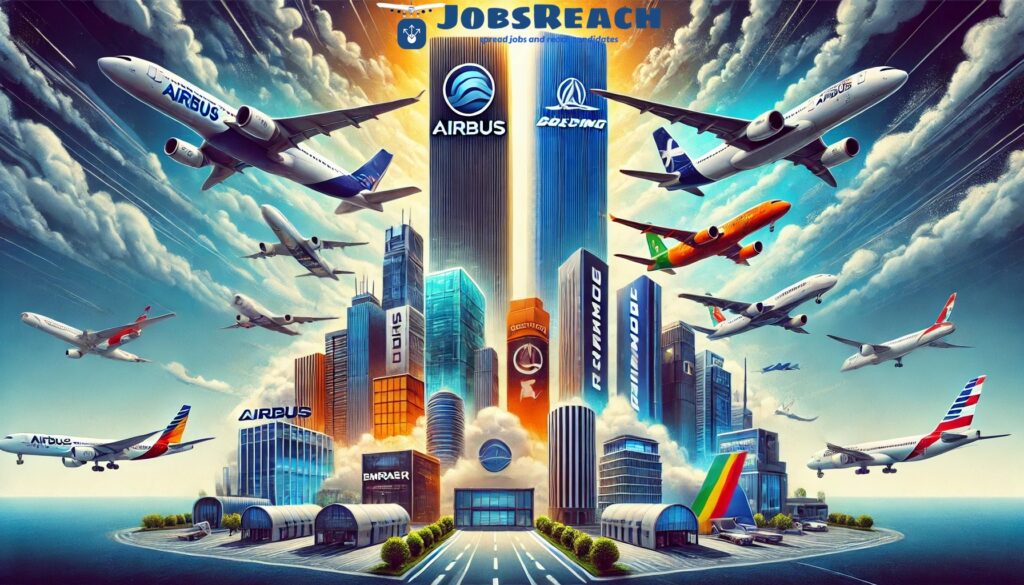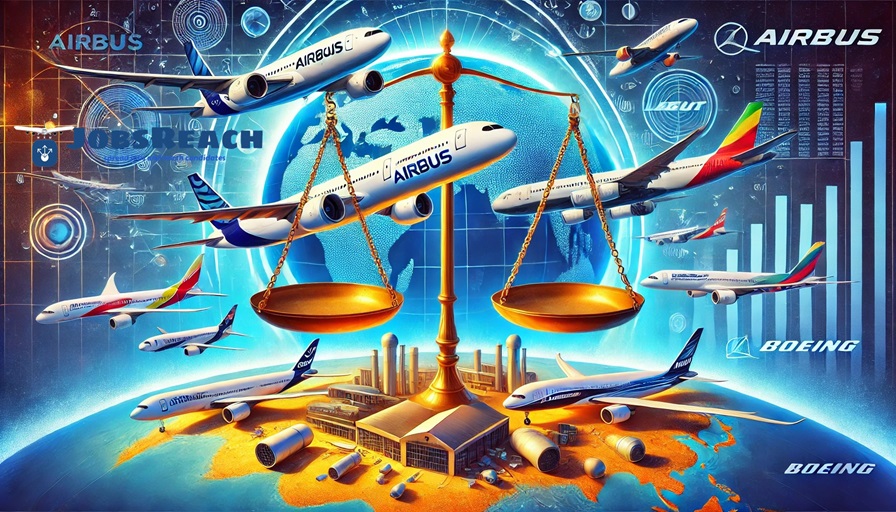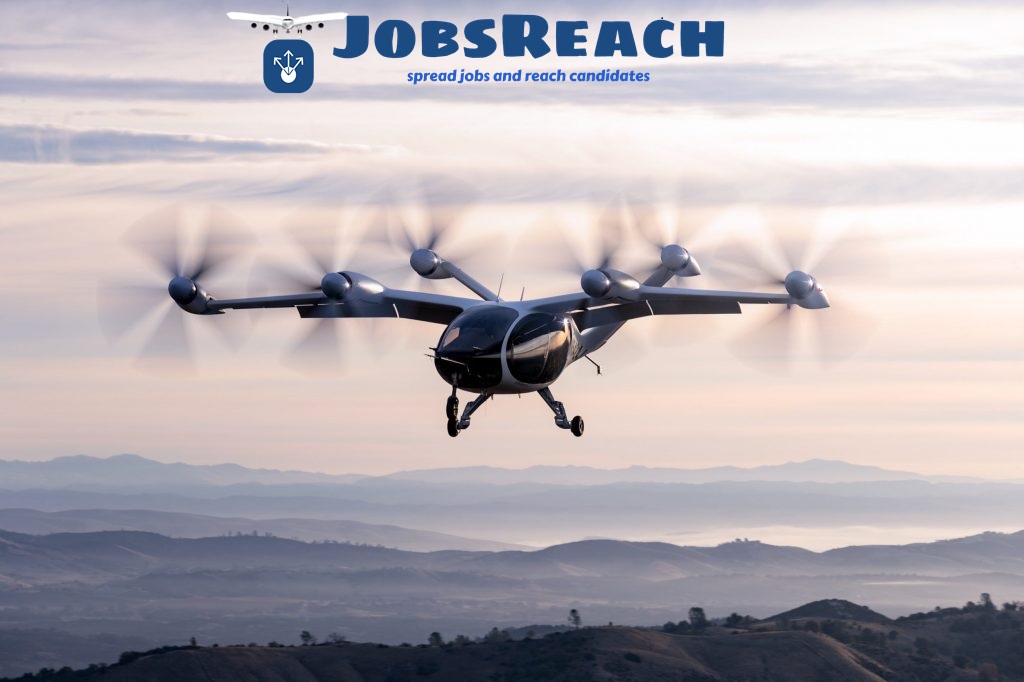The world hosts a wide variety of aircraft manufacturers, ranging from large multinational companies to smaller regional or specialized producers. These manufacturers can be categorized based on the type of aircraft they produce, such as commercial airliners, military aircraft, general aviation, and unmanned aerial vehicles (UAVs). Entering the commercial aircraft manufacturing industry is extremely complex and presents significant challenges. The complexity arises from high technical, financial, regulatory, and competitive barriers.

The commercial aircraft manufacturing industry is a battleground dominated by two giants: Boeing and Airbus. Together, they control approximately 90-95% of the global market for large commercial jets. Their intense rivalry has shaped the industry’s evolution, driving technological innovation, pricing strategies, and global market dynamics. However, the emergence of new players has the potential to disrupt this duopoly, reshaping competition and transforming the global economy.
The Boeing-Airbus Duopoly
Boeing and Airbus have been locked in competition for decades, vying for dominance across major market segments. Their rivalry has resulted in:
- Technological Advancements: Both companies continually innovate, with Boeing’s 787 Dreamliner and Airbus’s A350 leading advancements in fuel efficiency and passenger comfort.
- Pricing Wars: To secure lucrative orders from airlines, both companies engage in aggressive pricing, sometimes offering discounts that strain profit margins.
- Global Reach: With extensive manufacturing networks and partnerships worldwide, they dominate markets from North America to Asia.
Despite these achievements, their dominance creates barriers for smaller players, stifling competition and limiting the diversity of market offerings.
Challenges for New Entrants
Breaking into the commercial aircraft market is daunting. The barriers include:
Financial Barriers
- High Development Costs: Developing a new commercial aircraft can cost $5–20 billion or more, depending on size and complexity. For example, the Boeing 787 program cost over $32 billion.
- Long Payback Periods: Returns on investment may take decades, as aircraft programs require years of development followed by gradual market adoption.
- Economies of Scale: New entrants need to produce at scale to reduce unit costs, which requires massive upfront investment in manufacturing facilities and supply chains.
Technical and Engineering Challenges
- Advanced Technologies: Commercial aircraft require cutting-edge engineering in aerodynamics, avionics, propulsion systems, and materials like composites.
- Stringent Quality Standards: Aircraft must meet extremely high safety and reliability standards, leaving no room for error.
- Innovation and Efficiency: Competing with established players means achieving comparable or superior fuel efficiency, performance, and operational costs.
Regulatory Hurdles
- Certification Requirements: Certification from authorities like the FAA (USA), EASA (Europe), or CAAC (China) is mandatory. This is a long, rigorous, and expensive process, involving:
- Aircraft design validation.
- Extensive flight testing.
- Meeting environmental and noise regulations.
- Global Compliance: Compliance with differing regulations across global markets adds complexity.

Supply Chain and Infrastructure
- Sophisticated Supply Chains: Aircraft manufacturing requires a global network of specialized suppliers for engines, avionics, and other components.
- Integration Complexity: Managing and integrating thousands of parts from multiple suppliers into a cohesive aircraft design is an enormous challenge.
- Skilled Workforce: The industry demands highly skilled engineers, technicians, and designers, which can be difficult to assemble for new entrants.
Market and Competitive Barriers
- Established Dominance: Airbus and Boeing control ~90% of the market, leaving limited room for new entrants.
- Customer Trust and Reliability: Airlines are risk-averse and prefer proven manufacturers with reliable service records.
- Maintenance Ecosystem: Supporting an aircraft requires a global network of maintenance, repair, and overhaul (MRO) facilities, which is expensive to establish.
Geopolitical and Economic Risks
- Government Backing: Established players often receive subsidies or support from governments. Competing without similar backing is tough.
- Economic Volatility: Demand for aircraft fluctuates with global economic conditions, making market entry timing crucial.
Struggles for New Entrants
- COMAC (China): Despite massive government backing, COMAC’s C919 program faced delays and struggles to secure international certifications.
- Irkut (Russia): The MC-21 program has seen challenges with certification and reliance on Western suppliers, compounded by geopolitical sanctions.
- Bombardier: The CSeries (now Airbus A220) failed to scale independently, requiring a partnership with Airbus.
Opportunities for New Entrants
- Niche Markets: Smaller regional or specialized aircraft can offer an entry point, as seen with Embraer’s success in regional jets.
- Emerging Technologies: Electric and hydrogen propulsion systems present opportunities to differentiate from incumbents.
- Growing Demand: Rising air travel in Asia and other developing regions could provide openings for new players.
Why Aviation Hiring is a High-Growth Opportunity
The aviation industry is an attractive market for platforms like JobsReach due to its dynamic growth, global scale, and critical need for skilled talent. With air travel demand projected to double in the coming decades, airlines, manufacturers, and service providers face a pressing need to fill roles ranging from pilots and engineers to logistics and support staff.
The industry’s complexity, coupled with a shortage of qualified professionals, creates a ripe opportunity for specialized hiring platforms to address inefficiencies in traditional recruitment. Additionally, aviation’s reliance on compliance, safety, and technical expertise demands highly tailored hiring solutions that general platforms often cannot provide. By tapping into this growing, high-demand sector, platforms like JobsReach Aviation can provide significant value, driving efficiency for employers while opening doors to untapped talent pools globally.
JobsReach Aviation: Revolutionizing Efficiency in Aviation Hiring
JobsReach Aviation is transforming the aviation industry by streamlining the hiring process, making it more efficient and accessible for both employers and job seekers. As the aviation sector grows, companies face increasing challenges in finding skilled talent to meet rising demands. Platforms like JobsReach Aviation bridge this gap by leveraging advanced technology to match candidates with the right opportunities, reducing time-to-hire and recruitment costs. By simplifying the hiring process and expanding access to a global talent pool, JobsReach Aviation not only helps companies achieve operational excellence but also empowers professionals to explore opportunities in a dynamic and expanding market.
The Road Ahead
While Boeing and Airbus maintain their dominance, the rise of new entrants cannot be ignored. Countries like China, Russia, and even start-ups in emerging markets are investing heavily in aviation. As these players overcome technical and regulatory challenges, they could challenge the duopoly’s grip on the industry.

For new entrants, the keys to success include:
- Targeting Niche Markets: Competing in underserved or emerging segments can provide a foothold.
- Leveraging Innovation: Developing cutting-edge technologies, such as electric or hydrogen-powered aircraft, offers differentiation.
- Forming Strategic Partnerships: Collaborations with governments, suppliers, and airlines can mitigate costs and build trust
The commercial aircraft manufacturing industry stands at a crossroads. While Boeing and Airbus continue to dominate, the emergence of new entrants holds the promise of a more competitive and dynamic market. By disrupting traditional models and introducing innovative technologies, these new players could transform the global economy, creating opportunities for growth, reducing costs, and addressing environmental challenges.
Leave a Reply